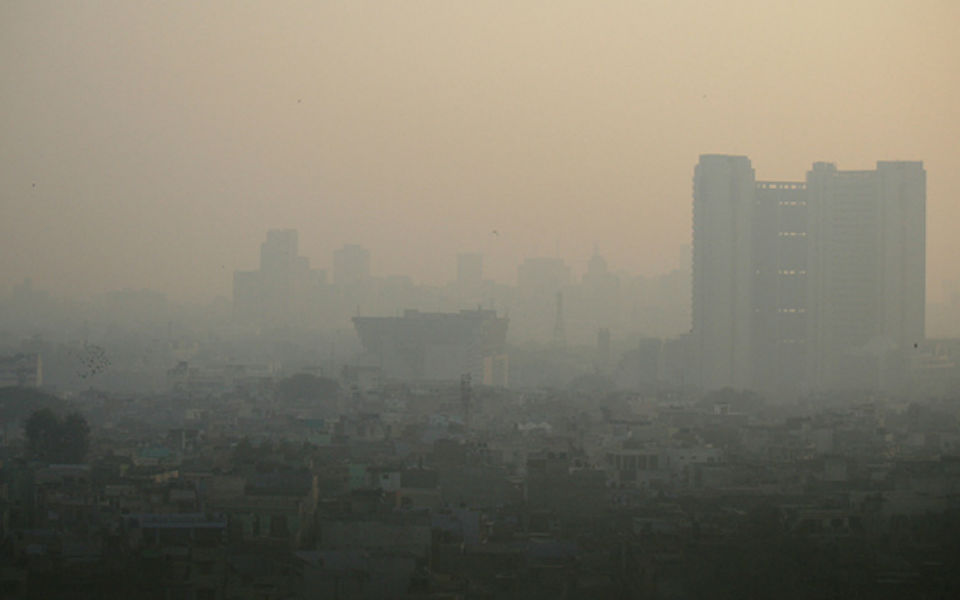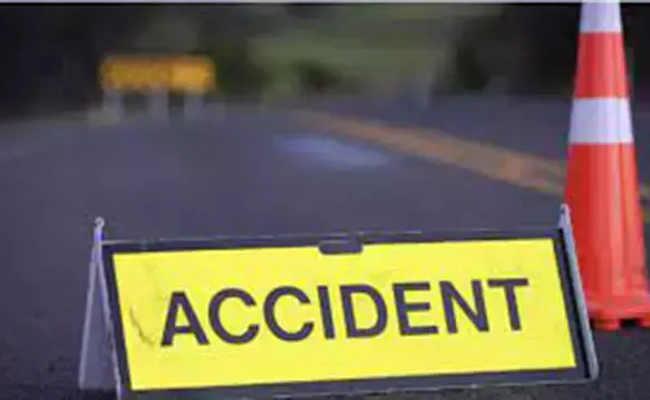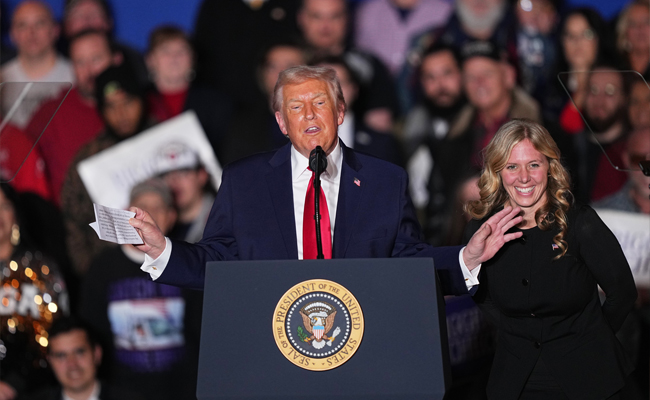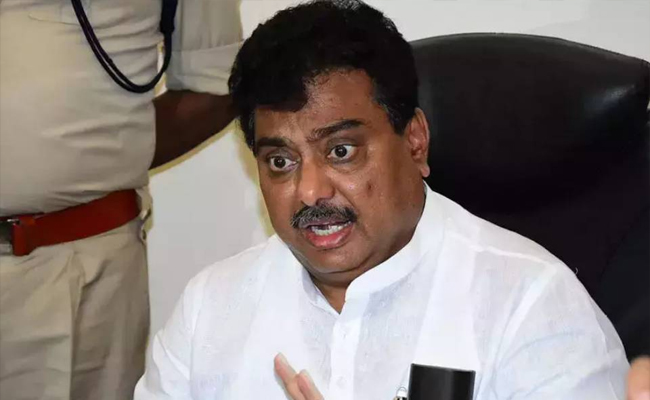Prior to ascending the Delhi throne Modi had presented a rather peculiar idea of development in one of his speeches. He went for Bullet train, precisely based on this vision.
According to his concept, whether people need it or not, India should have a bullet train, even if people don’t travel; it doesn’t matter.The world will take notice of India. China adopted the same strategy; it showcased Shanghai and showcased to the world that China is developed.” Or so went the logic. Modi subsequently preoccupied himself with impressing the world than taking up real development work.The so called ‘Gujarat Model’ is also part of this strategy; let us not forget. Hence Modi focused on cities.
He made news with ‘Smart city’ fantasy. He intensified the illusory idea of urban centered development by leaving out the rural. Thus we see a great divide between Urban India and Rural India. Rural India is paying for the welfare and needs of the urban. However it is being lost out in its share of development.
Today the cities are getting 24X7 electricity, while rural farmers are denied of this. Urbanites are the true beneficiaries of rivers that traverse through villages! In summer to secure the supply of water for industries and city dwellers state prohibits farmers from using the river water. In cities huge residential complexes have gobbled up the very lakes that nourished these cities. Though farmers are growers of food, the real beneficiaries are urban dwellers.
According to this development paradigm, Cities are the crowning glory of the country, but these have become cancerous lumps to the country. On the one hand the seekers of luxurious life prefer cities, on the other farmers who want to escape from the agrarian crisis are flocking the cities as cheap labor. Slums right at the feet of the icons of development, like the proverbial darkness at the bottom of a lamp.
The same cities which Modi used to impress the world as markers of development have become an embarrassment internationally. India is home to 14 of the most polluted cities cited globally. The true irony being that the capital city of Delhi is among the worst polluted metropolis.
WHO released its report after studying 4300 cities in 108 countries. Delhi has the dubious distinction of occupying the No.1 place in air pollution. Mumbai too is not far behind. The study takes note of the account the air pollution as a major indicator. Not only Delhi and Mumbai , but other cities like Kanpur, Faridabad, Varanasi, Gaya, Patna, Lucknow too have found their way into this dubious list of polluted cities. Delhi has witnessed series of forced holidays to schools and colleges due to this deadly air pollution. Arvind Kejriwal, the Delhi CM who goes around coughing with a scarf around him, has become a metaphor of the situation of Delhi.
After Delhi, country is heavily dependent on Mumbai. This metropolis has welcomed the labor of every region and caste. The city has degenerated so much that none of the city railway stations can handle the pressure of the populace. Half an hour of rain is enough to knock the city out of commission. Notoriety of Mumbai rains is such that the city is yet to recover from such a downpour last year. The development induced pollution coupled with a huge influx of people has worsened the air quality in Mumbai.
It is ironic that the constituency that Modi represents, Varanasi too is in the list of most polluted cities. It seems to challenge the pet campaign of Modi, ‘Swach Bharath’ The notion that the cities identified with religious places are cleaner is a misplaced one. Cities like Varanasi are classic examples of unbridled pollution. Ganga has been polluted beyond redemption by the devotees. The industrial effluents and religious ‘effluents’ are equally contributing in polluting the holy river. Varanasi is, today considered as the notorious city that has polluted both its air and water.
Cities have become a labyrinth. Man seems to be caught in the middle without a way of getting out. The chimneys that spew poison, polluted air and water are the outcomes of the very paradigm of development we pursued. A developmental paradigm that seems to be preoccupied with the notion that profiteering will make us ignore the air we breathe or water we drink and the values attached to it. Eventually this may prove to be a suicidal.
Cities that think selfishly of their own luxury and needs by forgetting the villages should be reminded that their survival depends on the survival of the villages. There should be some balance between cities and villages. Development should spread and expand equitably. If we pursue a development that wrecks our land, water or air, then the situation won't’ be better than the man who slit the goose that laid the golden egg.
In the near future our cities may be declared as unfit for human habitation, and people may as well be forced to return to villages for survival, the govt better pay attention to make these villages livable.
Let the Truth be known. If you read VB and like VB, please be a VB Supporter and Help us deliver the Truth to one and all.
Itanagar (PTI): Eleven more bodies were retrieved on Saturday from the deep gorge in Arunachal Pradesh's Anjaw district, where a mini-truck on which 22 labourers from Assam were travelling fell, an official said.
With this, 17 bodies have been recovered from the accident site, Anjaw's deputy commissioner Milo Kojin said.
He said three more bodies will be brought out on Sunday.
The operation, being conducted by a joint team of the NDRF and Army, resumed at 6 am.
ALSO READ: Traffic fraud: Fake 'no-entry' sticker racket busted in Delhi, mastermind among 3 held
"The retrieval process was extremely difficult because of the treacherous terrain, and the gorge is very deep," Kojin said.
The operation was suspended around 4 pm due to low visibility and will be resumed on Sunday morning, he said.
"One person is still missing, and a search operation will be carried out tomorrow," he added.
The accident happened on the evening of December 8, around 40 km from Hayuliang towards Chaglagam in the district. On the evening of December 10, one survivor managed to climb out of the gorge and reach a nearby Border Roads Task Force (BRTF) labour camp, following which the authorities were alerted.
Six bodies were recovered from the gorge on Friday and handed over to their families on Saturday.





